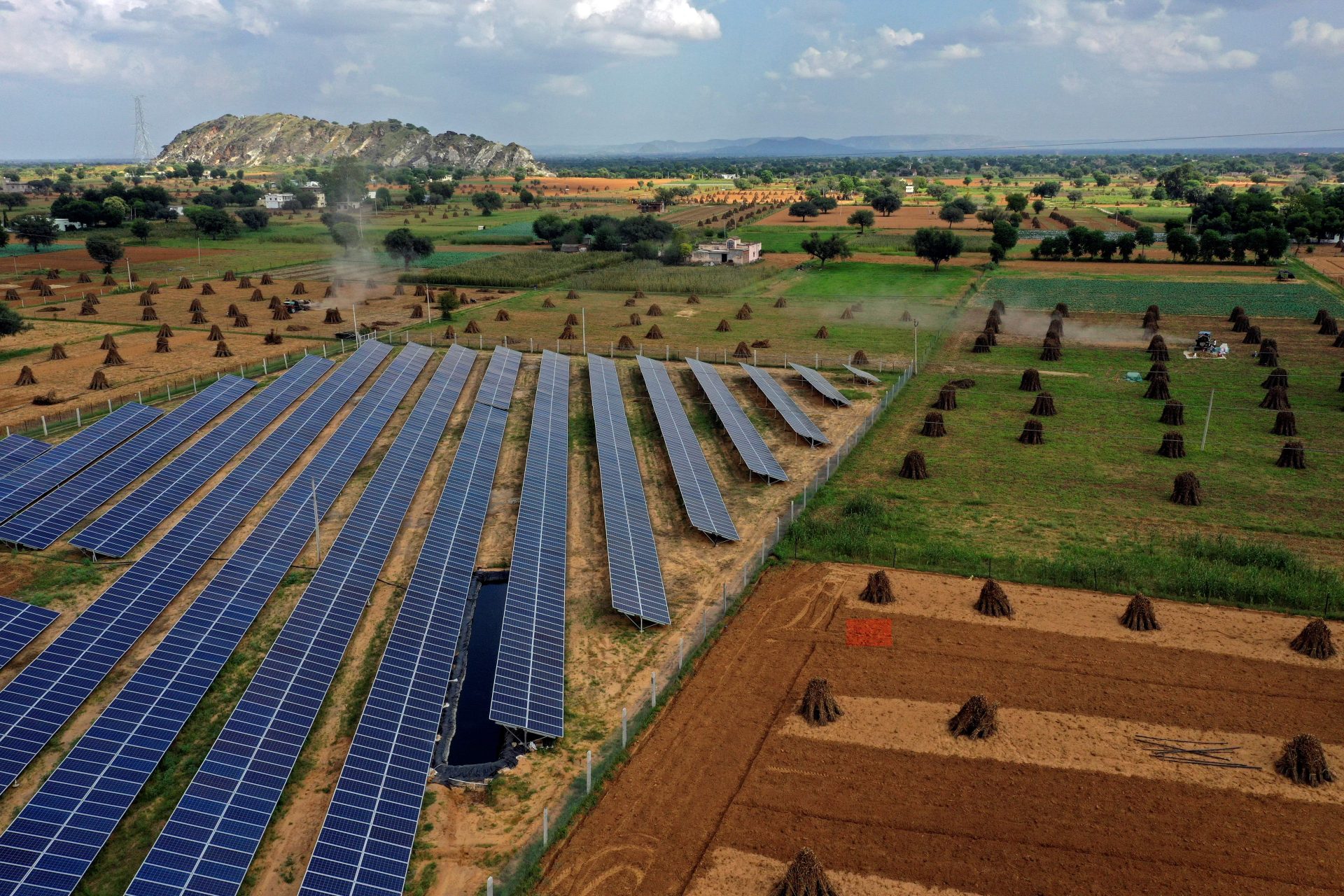There is no such thing as a perfect solution. This is one of the most important principles that must be remembered in any discussion about climate and sustainability.
Any solution to be proposed has its benefits and consequences, which have to be carefully examined by decision-makers when assessing their economic, social, and environmental impacts and costs in any given area.
Arguably the most effective way to mitigate climate change is to develop the world’s renewable energy (RE) resources.
As shown in global scientific studies again and again, the growth of solar, wind, hydro, geothermal, and biomass energy is not an option, but a necessity for reducing greenhouse gas (GHG) emissions, the continuing increase of which is placing nations like the Philippines at a higher risk to typhoons, droughts, sea level rise, and other extreme threats.
[By the way, waste-to-energy or nuclear are not RE. These are facts; do not believe those that say otherwise.]
Yet RE solutions also come with disadvantages that should also be disclosed to the public. If not properly implemented, these disadvantages could turn into harmful impacts on communities and ecosystems.
On environmental risks
The installation of RE facilities must consider the protection of biodiversity and ecosystems in their proposed sites. Each RE type comes with different potential risks to the surrounding environment.
For instance, vast lands are needed to install solar power plants, which if proposed in certain areas could place forests and agricultural lands at risk. Solar plants, along with wind turbines may also harm airborne birds and bats, the loss of which may have impacts on other ecosystems that may be far from these sites.
One of the emerging concerns with solar is an increase in demand for minerals needed for related technologies, such as nickel and chromium.
Such a surge may result in more mining operations, which in many cases has resulted in environmental effects such as soil and water pollution, destruction of forests from clearing operations, and displaced species of plants and animals.
Hydropower also comes with environmental risks, as the facilities needed to generate them can adversely affect rivers and their surrounding environment.
For example, dams can change the natural flow of rivers and sediments that protect deltas and riverbanks against floods and even sea level rise. They can also hinder fish migrations that prevent natural food production or animal reproduction.
These are among the reasons for the widespread opposition to the construction of the Kaliwa Dam.
On social risks
Just transition involves ensuring that no one will be left behind in greening the economy in an inclusive, fair, and sustainable manner.
In the context of the inevitable transition away from fossil fuels and towards RE, this means that groups such as the workforce in fossil fuel-dependent companies and the communities that benefit from their corporate social responsibility programs must be educated and capacitated on the economic, social, and environmental aspects of the transition programs.
But this is simply one side of the just transition coin. Policymakers and implementors must also ensure that the RE power plants and facilities to be established would not adversely impact the surrounding environment throughout the value chain.
As discussed previously, while minerals are needed to manufacture electric vehicles and storage batteries for RE-produced electricity, there are risks of destroyed forests and other ecosystems that are not only the home of numerous species but also the source of livelihood for nearby communities.
This is even more critical for indigenous peoples, whose aspects of life also involve strong linkages between nature and their cultural heritage, traditions, and practices.
The installation of RE power plants may also result in potential conflicts over land ownership and access to these lands.
It should be emphasized that RE companies and decision-makers must respect and enforce existing legal instruments involving such areas, recognizing and upholding the rights of those residing within ancestral domains and protected areas.
Respecting environmental and human rights must also be applied to all other stakeholders that could be significantly affected by RE development, just as much as those dependent on fossil fuels.
In a nation like the Philippines, which has not had a strong track record of protecting environmental defenders and properly enforcing its laws, protecting rights such as those to a healthy environment, expression, and public participation matters even more throughout the just transition process.
The discussion of this side of renewables does not intend to discredit their viability as sustainable energy sources of the present and future.
Despite these social and environmental risks, the benefits of RE, such as much lower direct emissions of air pollutants and GHGs, increasingly cheaper and stable electricity prices, and innovation-driven economic opportunities clearly outweigh those of other energy sources.
Much of the Philippines’ RE potential remains untapped. As shown in a recent report, the 25 identified competitive RE zones hold 152 GW of wind and solar power, 365 MW of geothermal, 375 MW of biomass, and over 650 GW of hydropower capacity.
For our nation to achieve the kind of sustainable development its people truly need, there is no better option than to translate most of this RE potential into clean, sufficient, stable, and safe energy that is not reasonably-priced, but rather affordable.
Let us hope that the proper values will accompany the decisions ushering in RE development to prevent them from becoming the opposite of what they are intended for.
John Leo is the Deputy Executive Director for Programs and Campaigns of Living Laudato Si’ Philippines, a member of Aksyon Klima Pilipinas, and the Youth Advisory Group for Environmental and Climate Justice under the UNDP in Asia and the Pacific. He has been a climate and environment journalist since 2016.







